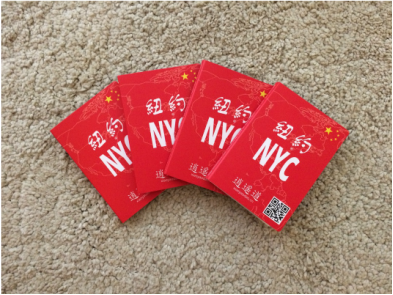
It's this speed of growth that is shocking, and it's not just in tourism. FDI (Foreign Direct Investment), which excludes tourism, education, personal real estate transactions, etc., reached $15.7 billion in 2015. Here's the thing: that was up 20% 0n 2014, just one year earlier. Projections for 2016 have it flirting with $30 billion of deals already in the pipeline. This is despite the fact that economic growth in China in 2015 slowed to a 25 year low of 6.9%. Chinese companies now employ 90,000 people across the U.S. Carolyn Maloney's 12th Congressional District accounts for 1,230 0f them, so you know she's paying attention.
Almost any bit of math you perform with the Chinese results in an enormous number. You remember all the talk a few years back about U.S. investments in China? Well, in the five years between 2002 and 2007 U.S. FDI stock in China was up a kind of impressive 181%. In the following five year period between 2008 and 2013 it fell to a mere 14%. But wait, look at the flow the other way round: Chinese FDI stock in the U.S. during the same two periods rose from 52% to a skyscraping 631%.
Back to our industry segment. We all know Anbang bought The Waldorf Astoria for $2 billion (minus a few room amenities). Now, Blackstone has flipped Strategic Hotels and Resorts to the same company: a slew of luxury properties with a total of 7,532 rooms across the nation. The lesson here is that China will continue to affect our industry dramatically over the coming years in terms of visitorship and ownership.
A little knowledge of Chinese customs and practices will go a long way: A welcome sign (in simplified Chinese), a targeted room amenity, a knowledge of what room number to put them in (and certainly, for many, not on the 4th floor). Slippers are a must, and a toothbrush with paste. Attractions need translated brochures. A cigarette anyone? You may hate smoking, and you may not allow it in your restaurant or attraction, but if you ignore it (by not having a designated area, or by not having advice about outside spaces where it is permitted) you'll be ignoring a quarter of the world's smoking population. Do not decorate rooms with white flowers. There's a great deal more...
We're certainly taking this burgeoning sector seriously. Urban Cart provides New York's visitors with high quality maps. Millions are handed out by concierges in the largest twenty hotels in the City and by another 200 properties in Manhattan, Brooklyn and Queens. We have formed an alliance with Attract China, perhaps the leading U.S. gateway to this market, and have now published the Chinese Passport, a map guide to New York in Mandarin. 100,000 are being distributed this summer in both China and New York to the trade and to the independent traveler. Attract China has offices in both countries and together we are offering (to organizations as diverse as The Frick, The Guggenheim and MoMA, Broadway's Phantom, One World Observatory and Century 21) a combined digital and print campaign along with social media engagement. There are "Passports" in Boston, Chicago and Seattle already, with a Los Angeles edition joining New York's this month. Other cities across the country will follow. A phone app can give directions, but a paper map gives a sense of geographical context and therefore a sense of control in a new landscape. "Many claim it's a digital world, so it's wonderful to see travelers and concierges embrace a paper map like explorers of yore," says David Becker, CEO of Attract China.
Culturally aware, practical plans are vital in the face of such an opportunity. We'll be holding China 101 seminars in New York for those who want to get a little more China Ready. If you would like to be kept up to date on this let us know.
And, by the way, I'd love to hear China anecdotes.
Clive Burrow
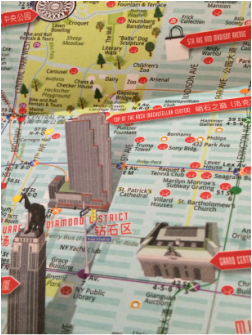

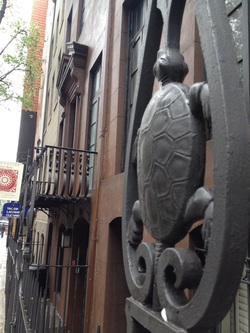
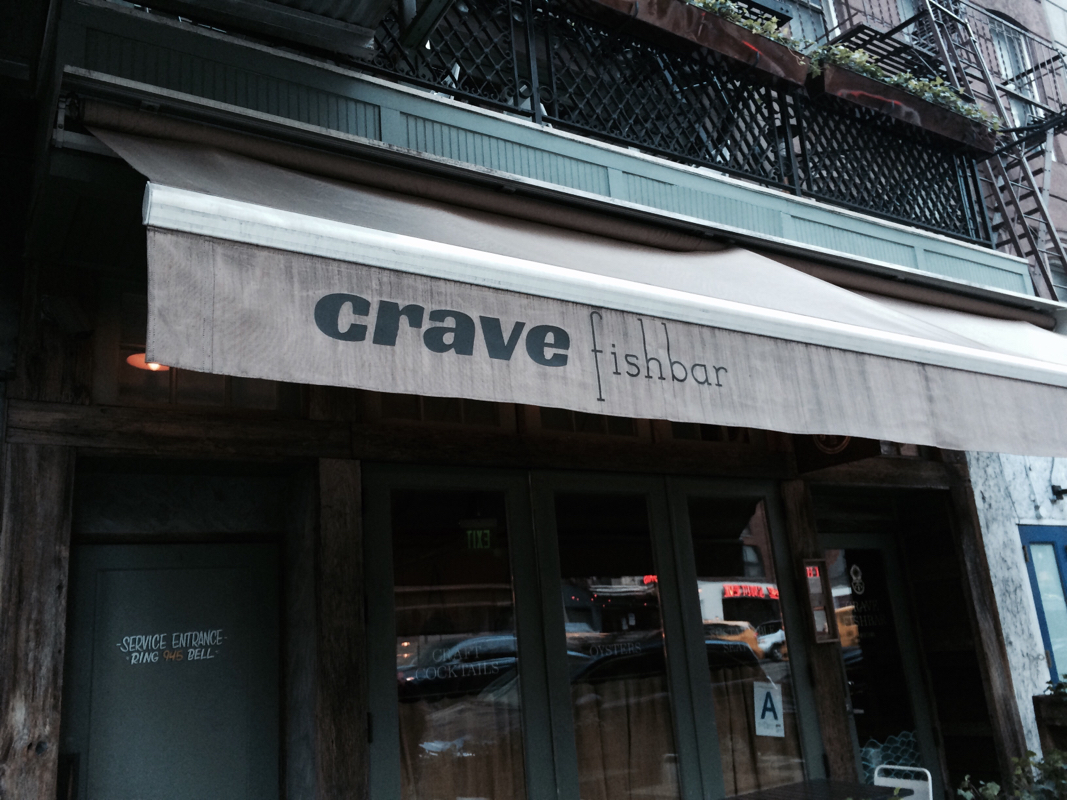
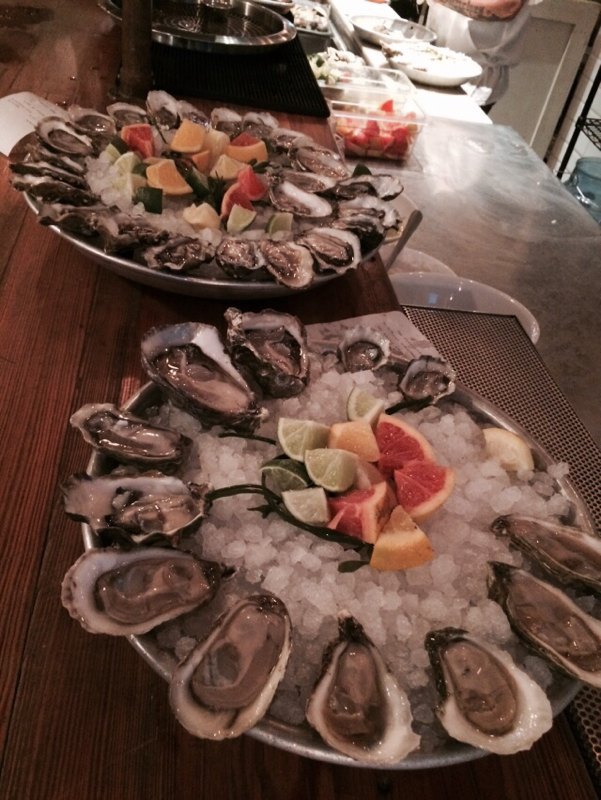
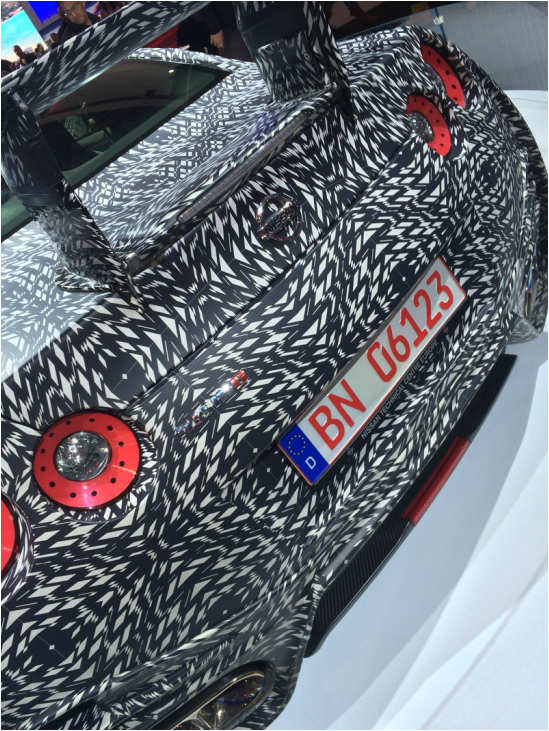
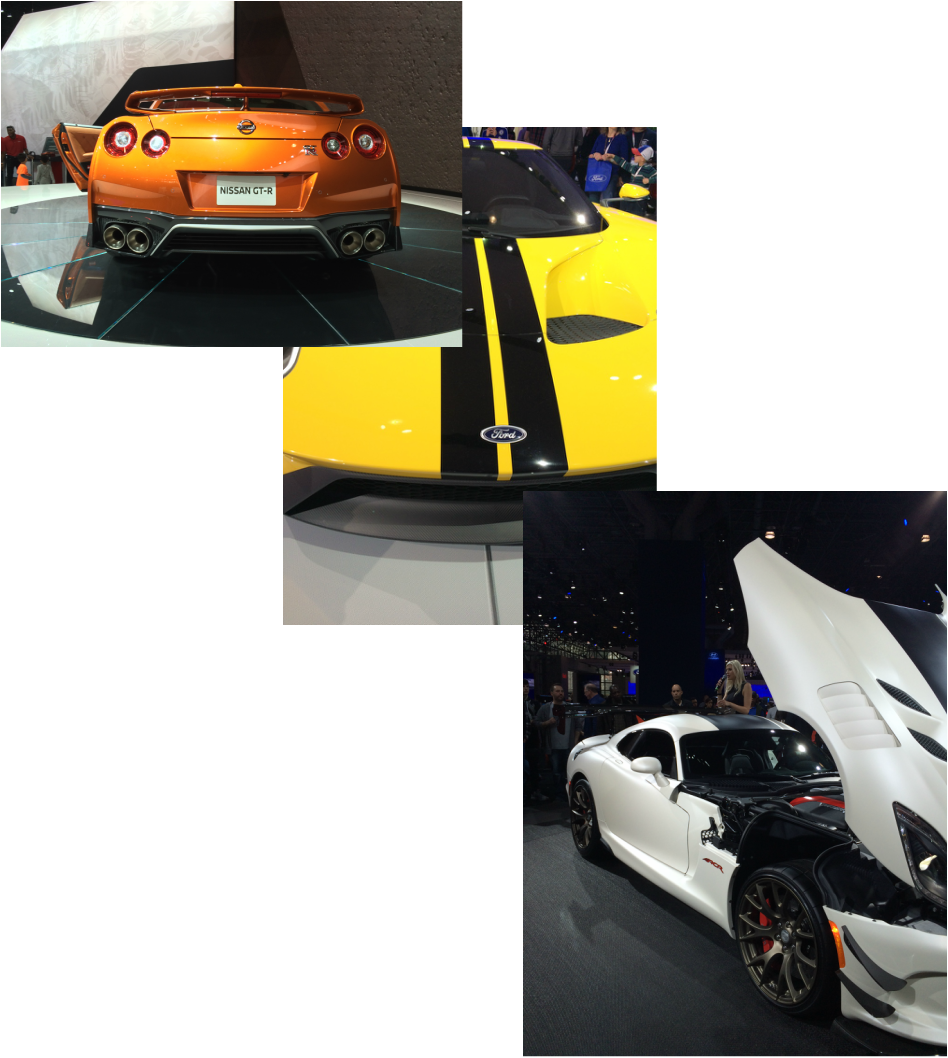
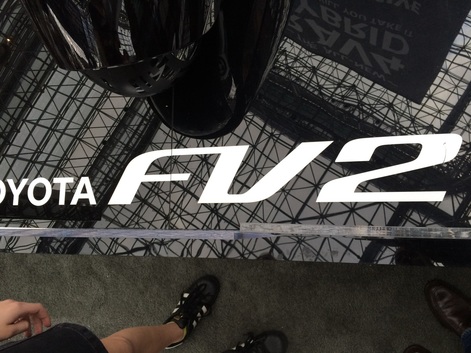
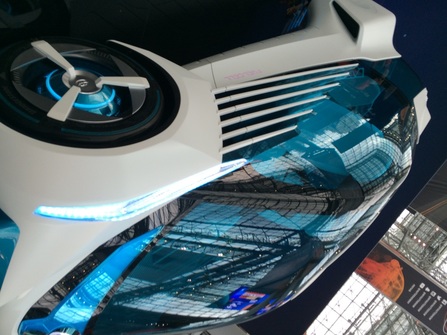
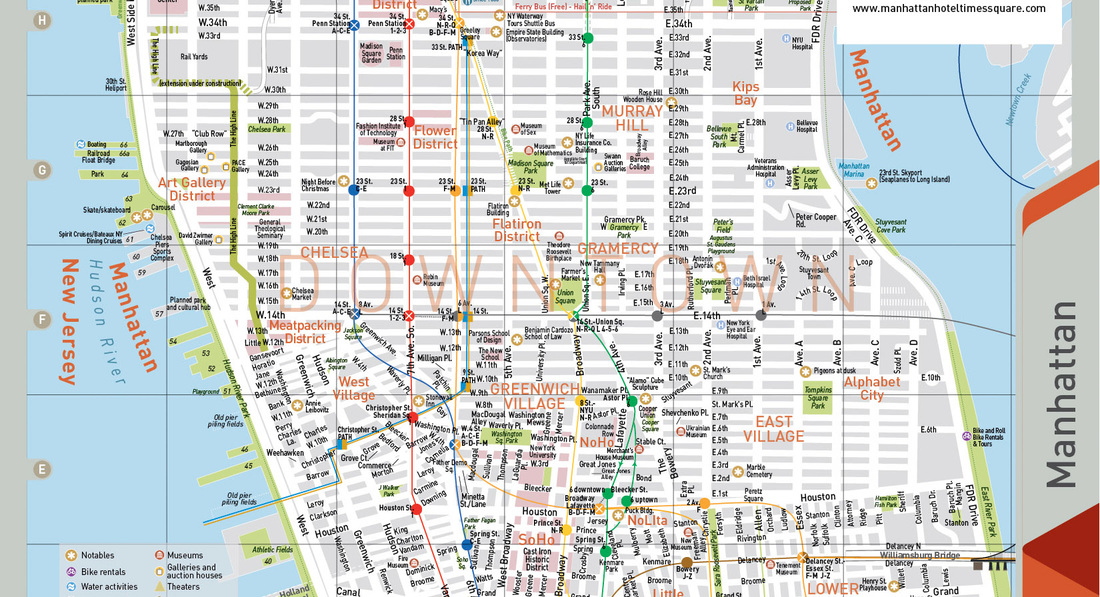
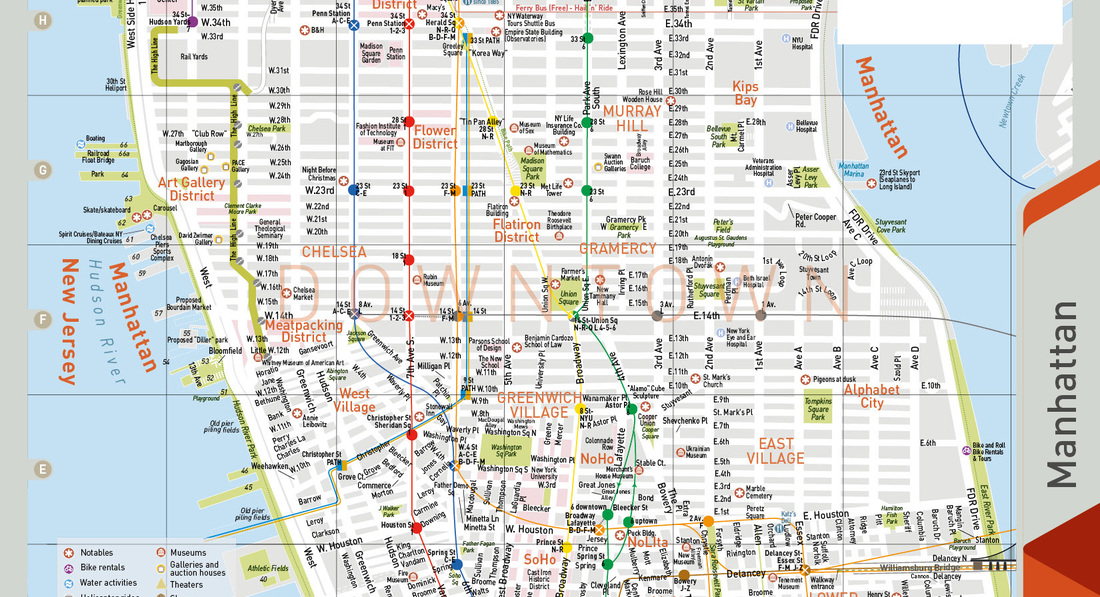
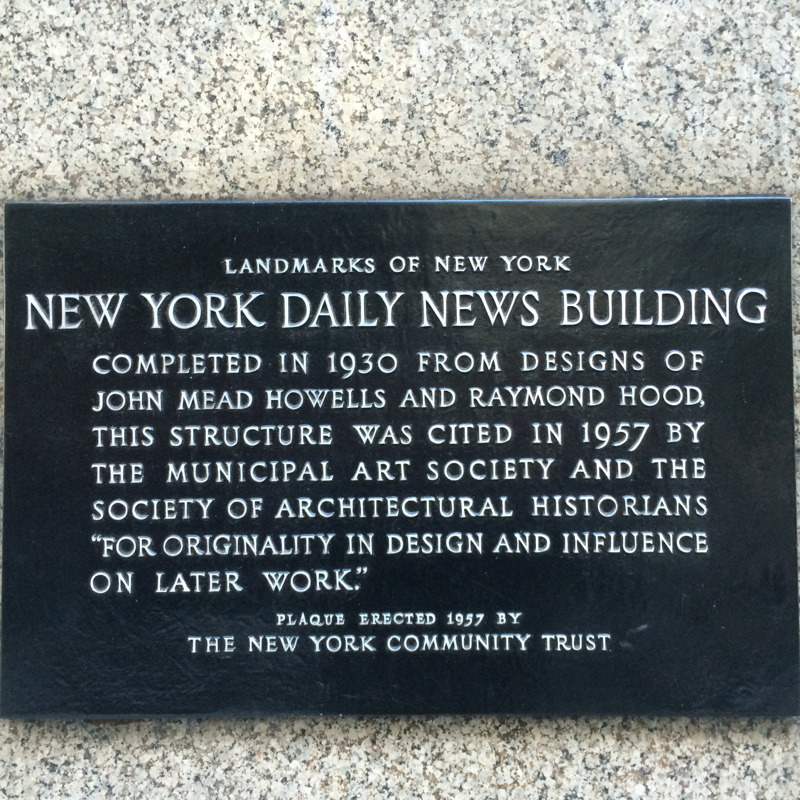
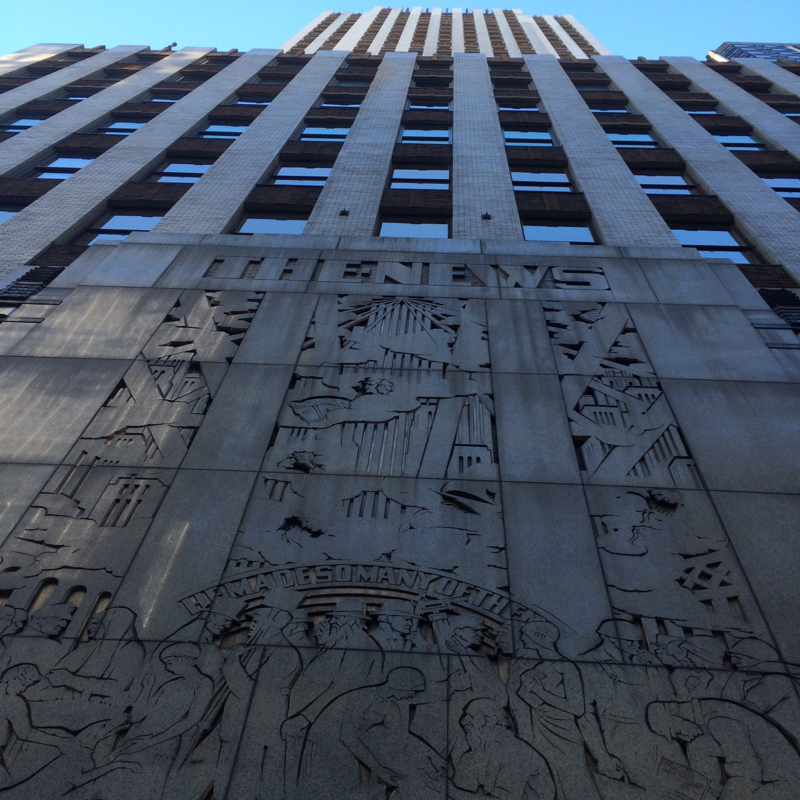

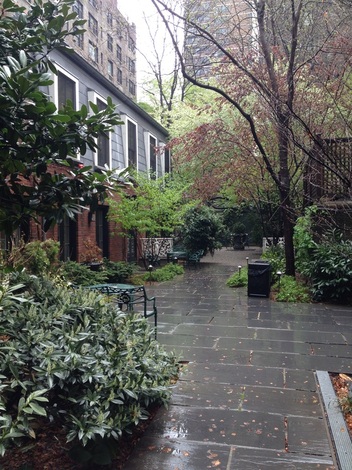
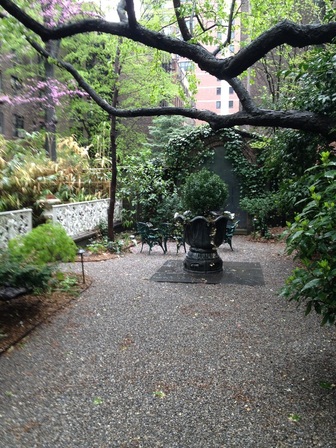
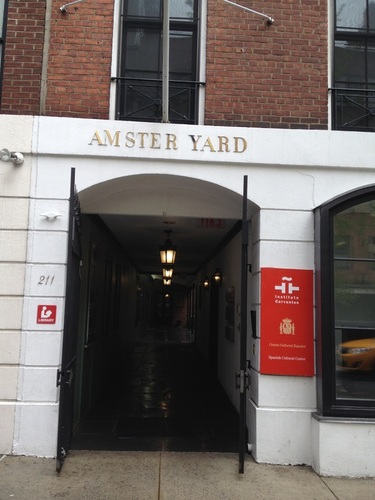
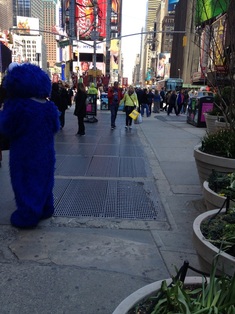
 RSS Feed
RSS Feed